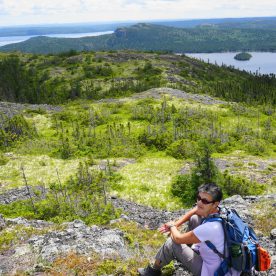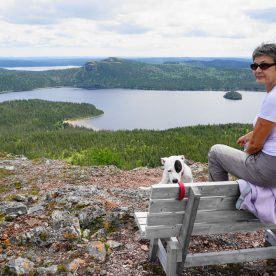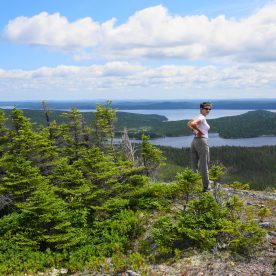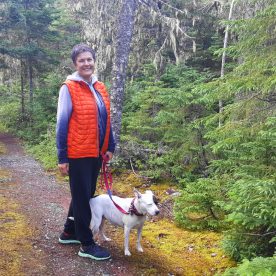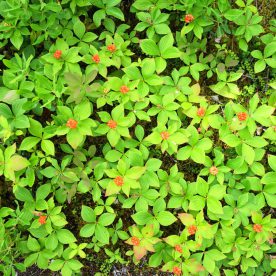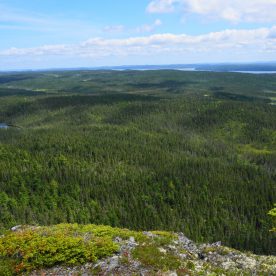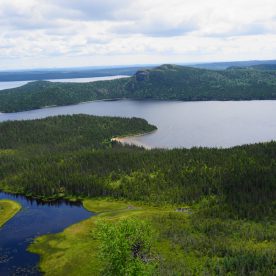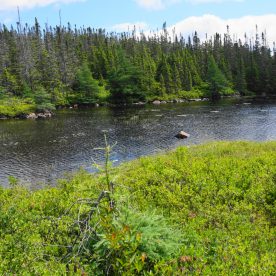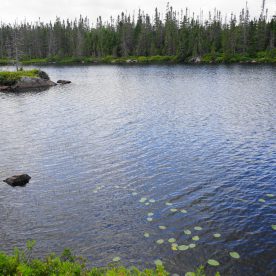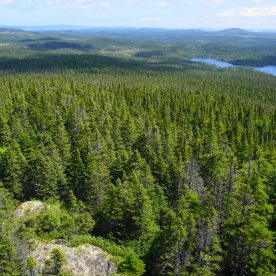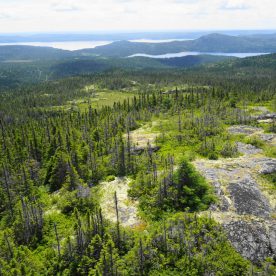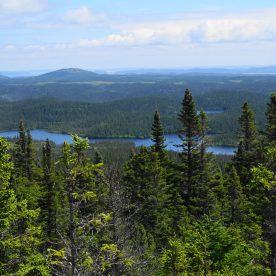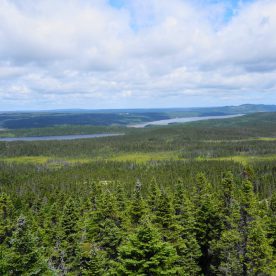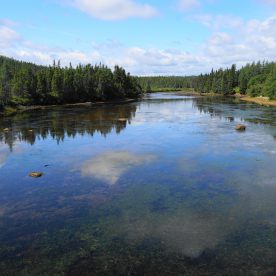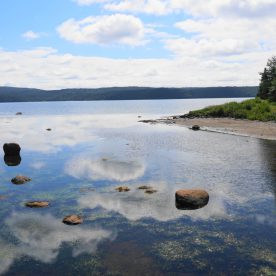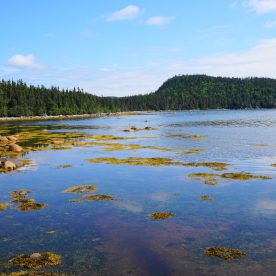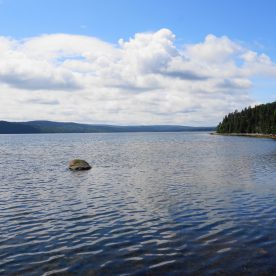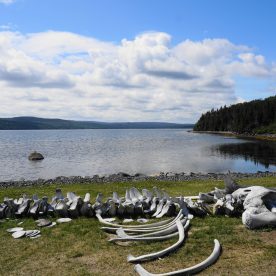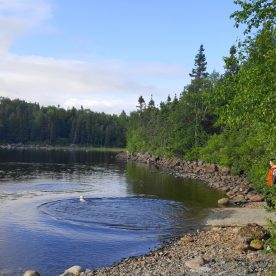Terra Nova National Park is located on the east coast of Newfoundland in the Canadian province of Newfoundland and Labrador, along several inlets of Bonavista Bay. The park takes its name from the Latin name for Newfoundland; it is also the original Portuguese name given to the region.
Terra Nova’s landscape is typical of the northeast coast of Newfoundland, but with remnants of the Appalachian Mountains contributing to widely varied and rugged topography throughout the region. The park’s seacoast consists of several rocky “fingers” jutting into Bonavista Bay along an area stretching from just north of Port Blandford to the vicinity of Glovertown. The coastline varies from cliffs and exposed headlands to sheltered inlets and coves, contributing to Newfoundland’s prime recreational boating area.
Inland areas consist of rolling forested hills, exposed rock faces, and bogs, ponds and wetlands. Wildlife protected by the park range from small to large land mammals, migratory birds, and various marine life. Terra Nova also protects an area containing remnants of the Beothuk Nation, as well as many of the early pioneer European settlements in the region.
Terra Nova National Park was established in 1957 and was the first National Park in Newfoundland and Labrador. Terra Nova protects the Eastern Island Boreal Forest natural region. This region covers most of the island of Newfoundland, east of Deer Lake, and is characterized by black spruce trees with pockets of balsam fir, white pine, mountain ash, tamarack, maple and other deciduous tree species.
erra Nova, like many parks, has challenges in preserving its ecological integrity. Firstly, one of the mechanisms to renew a boreal forest ecosystem is forest fire – something that hasn’t happened in the region in over 35 years. As a result, the forest of Terra Nova is mixed. It is mostly old growth forest with trees of roughly the 10–20 years of age. Forest fire renews the forest and creates new habitat for many boreal creatures. Another challenge facing Terra Nova is introduced species. Newfoundland suffers from “the island effect”. Islands can have very different ecosystems than their mainland counterparts. For example, the island of Newfoundland only has 7 native mammals while neighboring Nova Scotia has over 63.
The park resides in what is termed the Avalon Zone, named for the Avalon Peninsula, and associated with the Appalachian Orogen. The zone’s western boundary is marked by the Dover Fault and the Hermitage Bay Fault. The eastern portion of the park is characterized by the Precambrian Connecting Point Group quartzite, slate, and greywacke. The Precambrian Musgraventown Group reddish sandstone, conglomerate, and argillite are exposed along the Trans Canada Highway, and westernmost portion of the park, sandwiching the Precambrian Love Cove Group sericite and chlorite schists. A Pleistocene ice cap flowed radially across the island, depositing glacial debris in the western part of the park.
